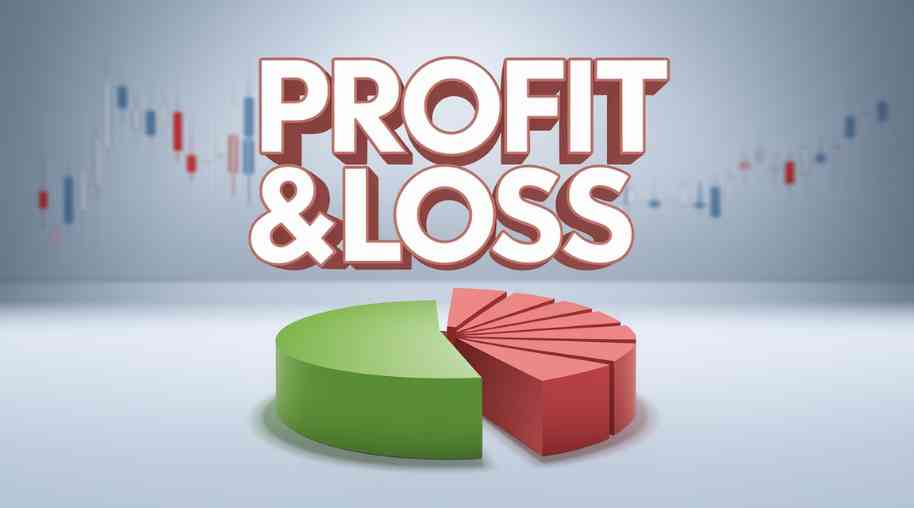PL Full Form-Profit and Loss
by Shashi Gaherwar
0 2273
Understanding Profit and Loss: A Comprehensive Guide for Businesses and Investors
The Profit and Loss (P&L) Statement, or Income Statement, is a critical financial document summarizing revenues, costs, and expenses over a period. It helps businesses and investors evaluate financial performance and make informed decisions for sustainable profitability.

This article explores the meaning, components, significance, and strategies for leveraging P&L in financial management.
What is Profit and Loss?
Profit is the surplus revenue after deducting all expenses, indicating business success. A loss occurs when expenses exceed revenue, signaling a shortfall. The P&L Statement tracks these outcomes over a monthly, quarterly, or annual period, reflecting a company’s financial health.
Components of a Profit and Loss Statement
A P&L Statement includes key elements:
- Revenue: Total income from sales, services, or other sources.
- Cost of Goods Sold (COGS): Direct costs like materials and labor.
- Gross Profit: Revenue minus COGS, showing production efficiency.
- Operating Expenses: Costs like rent, salaries, and marketing.
- Operating Profit (EBIT): Gross Profit minus Operating Expenses, reflecting core profitability.
- Non-Operating Income/Expenses: Earnings or costs from investments or interest.
- Net Profit: Final earnings after deducting taxes and interest.
Importance of a Profit and Loss Statement
The P&L Statement is vital for:
- Evaluating Performance: Assesses revenue and expense management.
- Decision-Making: Identifies cost-cutting or revenue-boosting opportunities.
- Budgeting and Forecasting: Guides planning for expansion.
- Taxation and Compliance: Supports tax calculations and regulatory reporting.
- Investor Analysis: Informs investment and creditworthiness decisions.
Profit and Loss Formula
The core formula is:
Profit or Loss = Total Revenue - Total Expenses
A positive result indicates profit, while a negative result indicates loss.
Types of Profit
Different profit types provide specific insights:
- Gross Profit: Revenue minus COGS, reflecting production efficiency.
- Operating Profit: Gross Profit minus Operating Expenses, showing core business profitability.
- Net Profit: Final earnings after all expenses, including taxes and interest.
Profit and Loss Example
A company with ₹10,00,000 in revenue incurs ₹4,00,000 in COGS, yielding a ₹6,00,000 gross profit. After ₹2,00,000 in operating expenses, the operating profit is ₹4,00,000. Subtracting ₹50,000 in taxes and interest results in a ₹3,50,000 net profit, indicating financial success.
How to Improve Profitability
Strategies to enhance profitability include:
- Increase Revenue: Launch new products, expand markets, or optimize pricing.
- Reduce Costs: Negotiate supplier deals or adopt cost-saving technologies.
- Improve Productivity: Enhance employee efficiency or automate processes.
- Manage Debt: Minimize high-interest loans for better cash flow.
Conclusion
The Profit and Loss Statement is a cornerstone of financial analysis, enabling businesses and investors to assess profitability and plan strategically. By understanding its components and applying profitability strategies, stakeholders can ensure sustainable financial success.
Further Learning Resources
If you’re passionate about building a successful blogging website, check out this helpful guide at Coding Tag – How to Start a Successful Blog. It offers practical steps and expert tips to kickstart your blogging journey!
For dedicated UPSC exam preparation, we highly recommend visiting www.iasmania.com. It offers well-structured resources, current affairs, and subject-wise notes tailored specifically for aspirants. Start your journey today!

Share:








Comments
Waiting for your comments